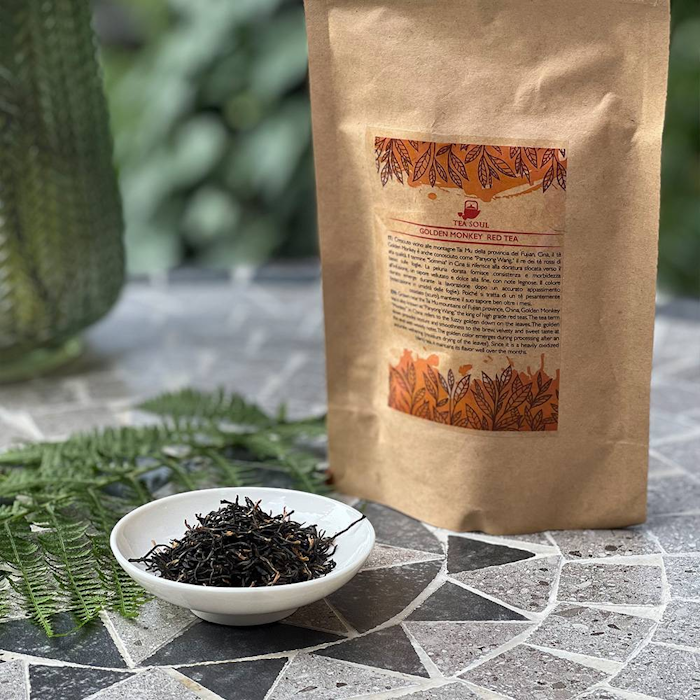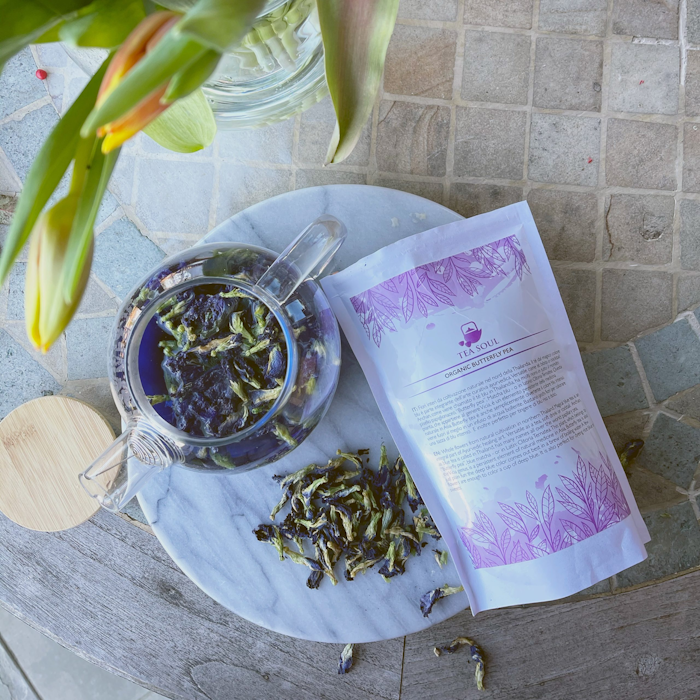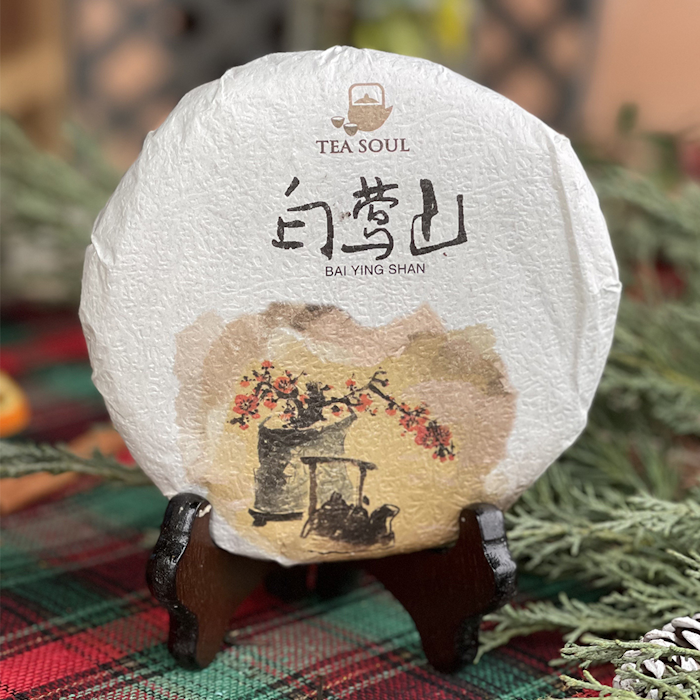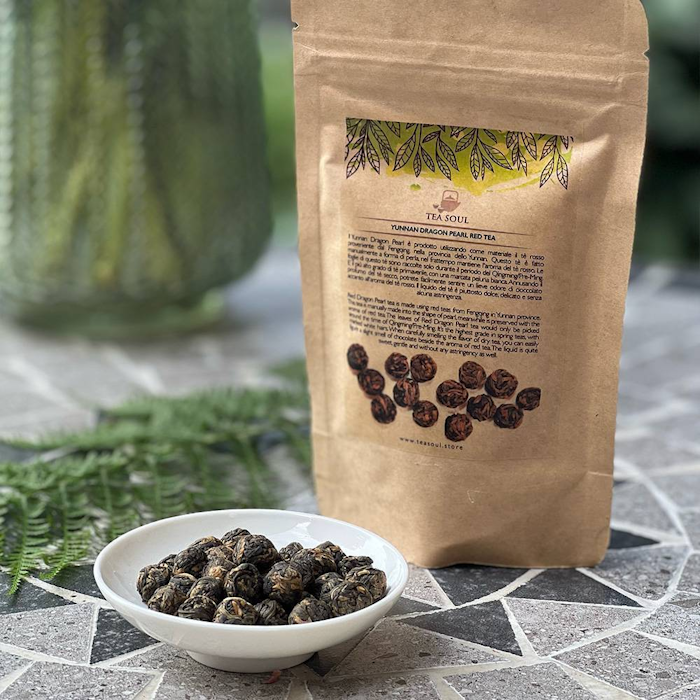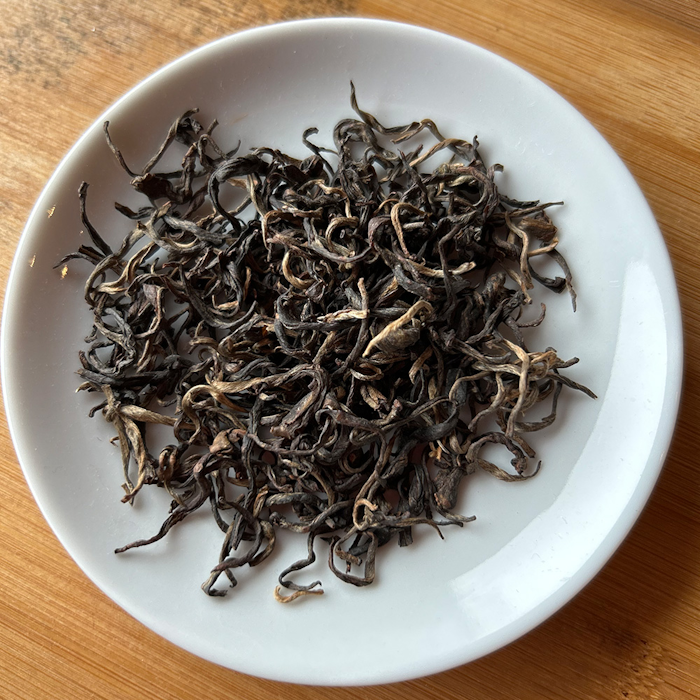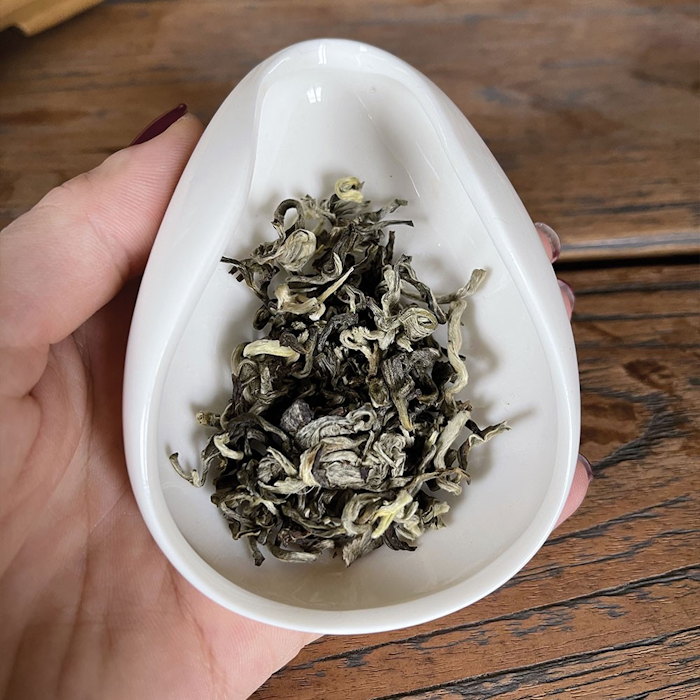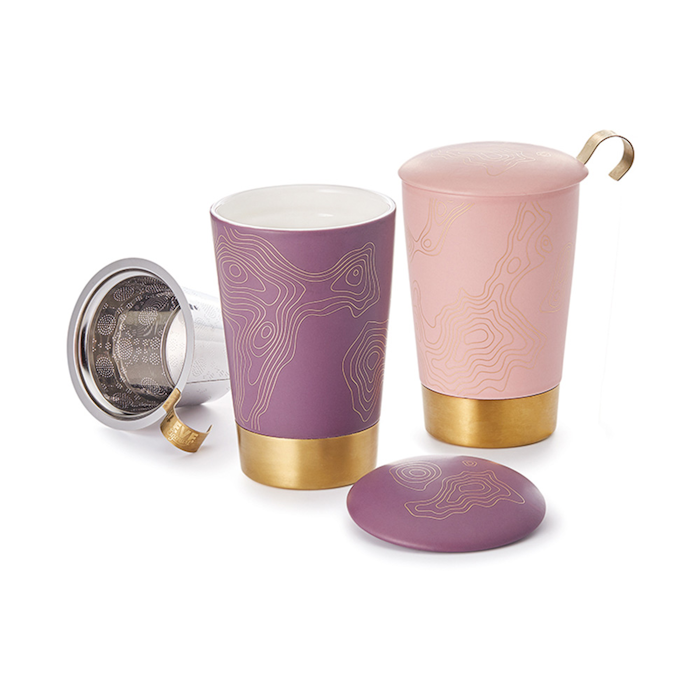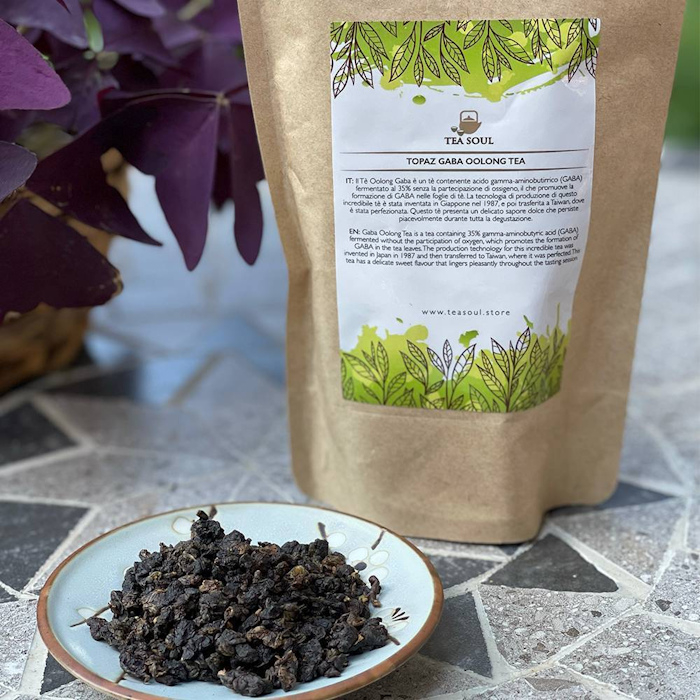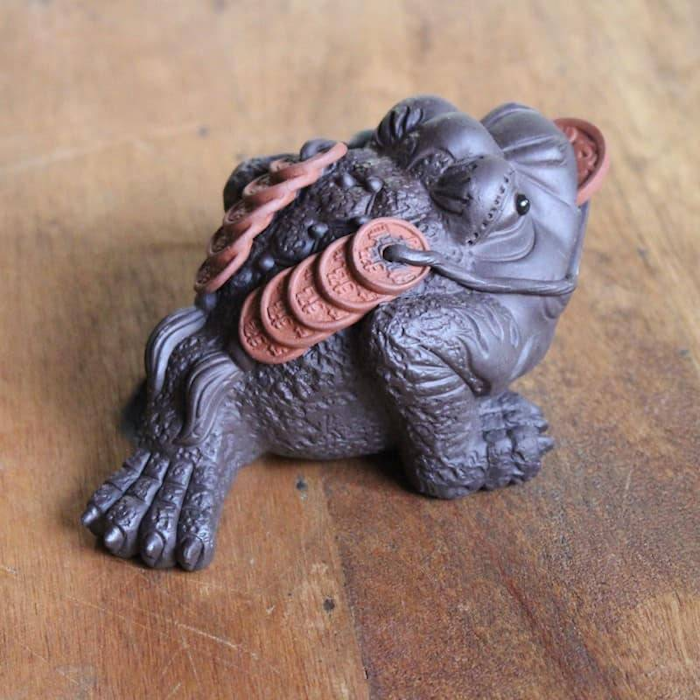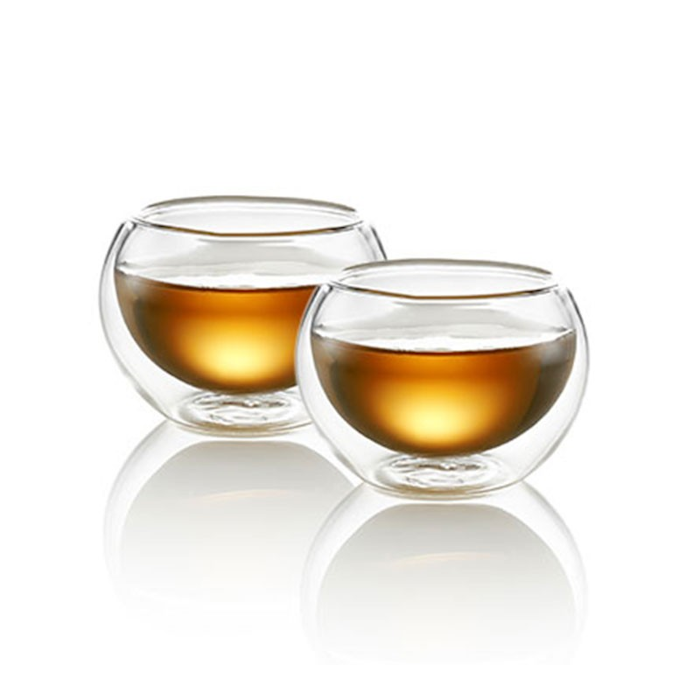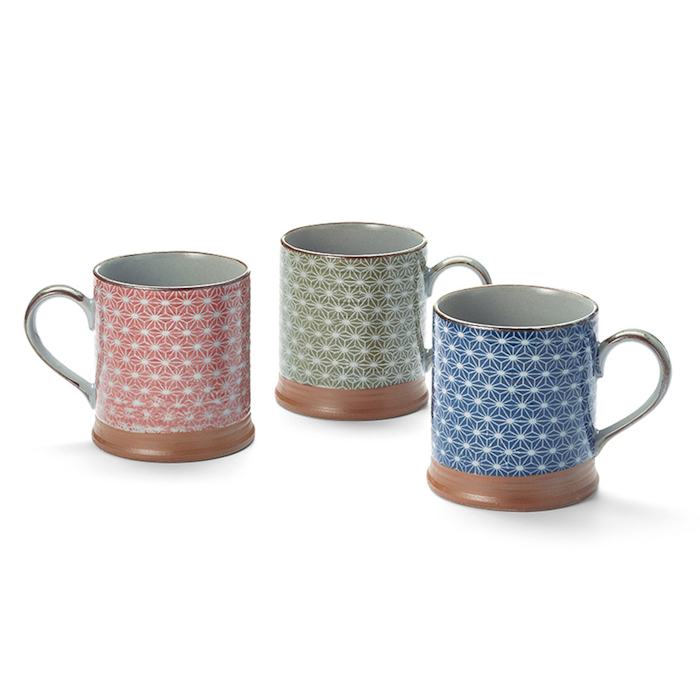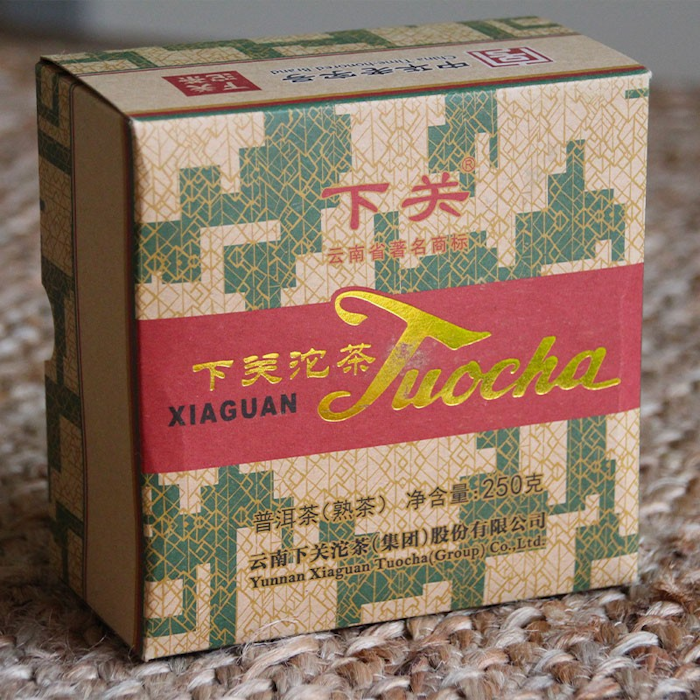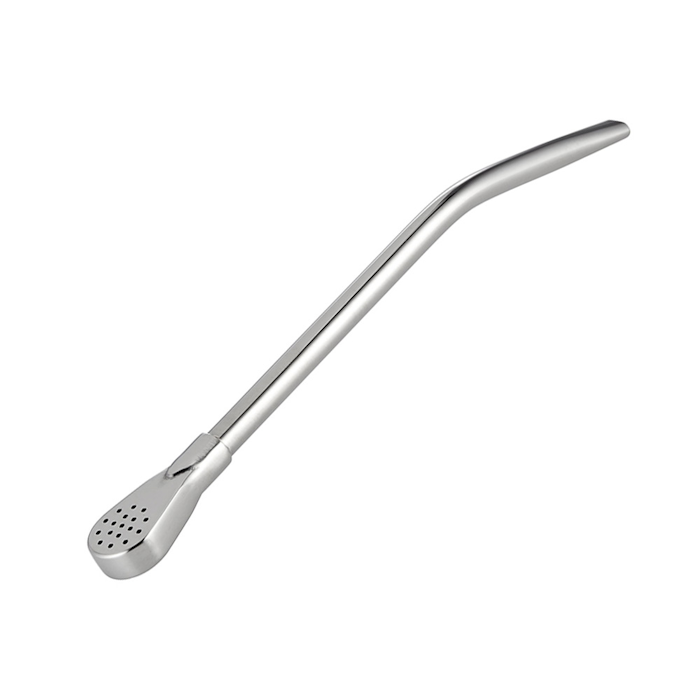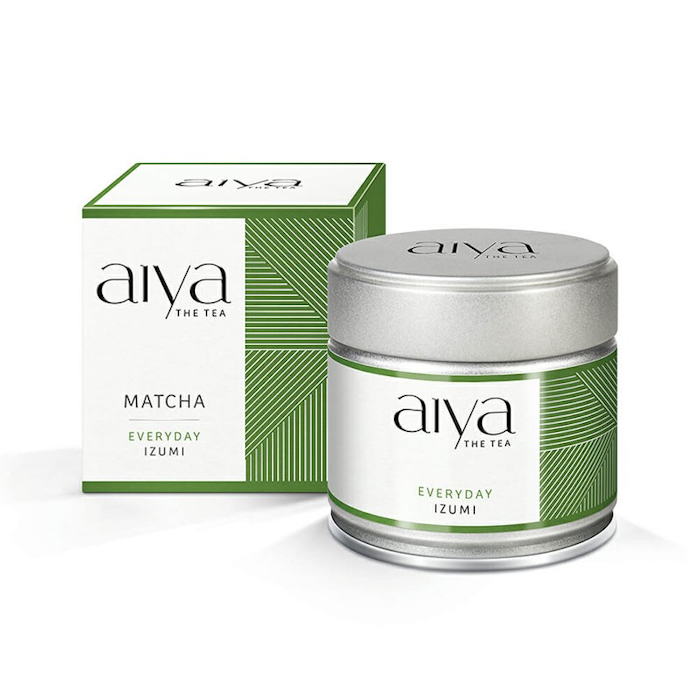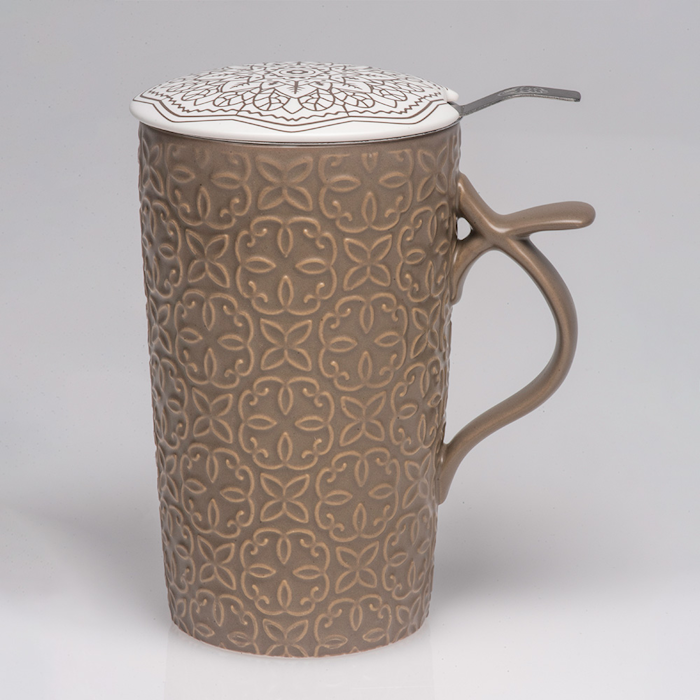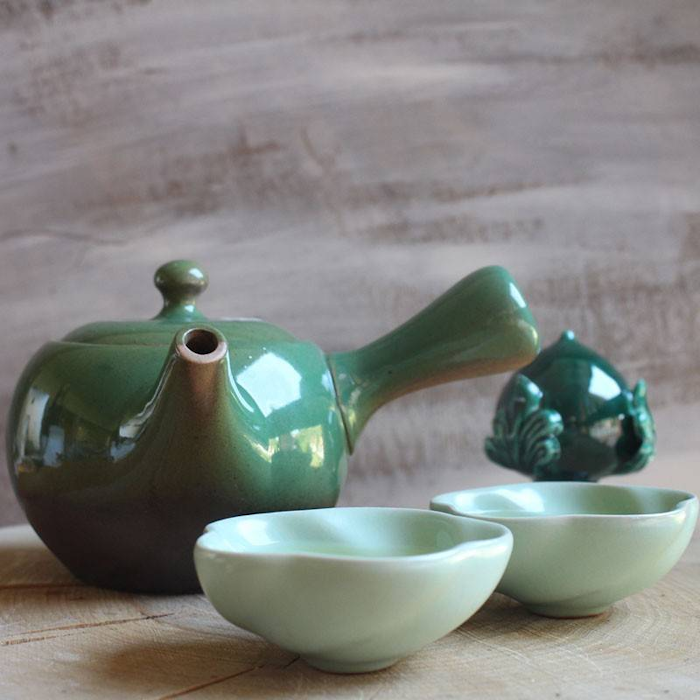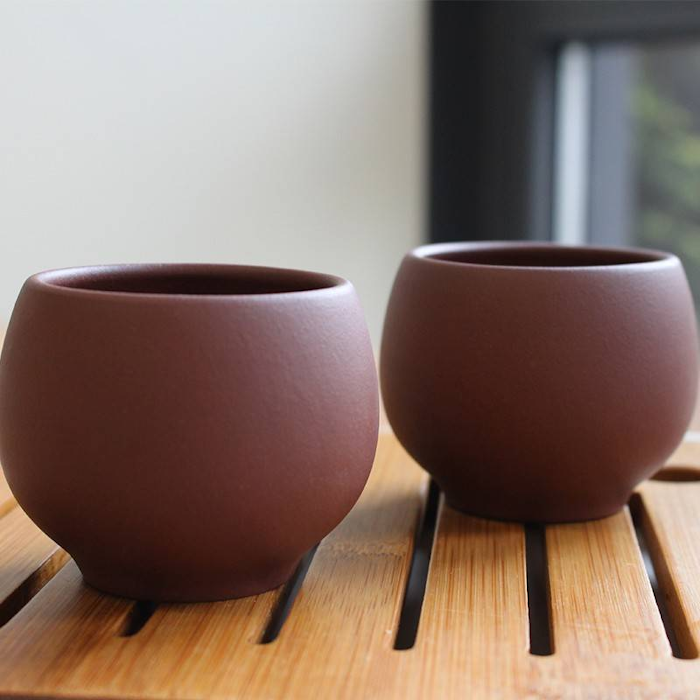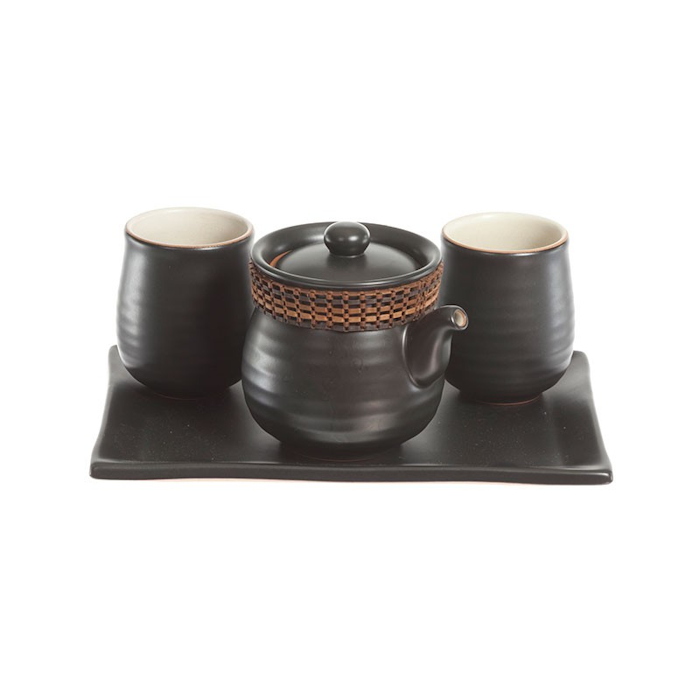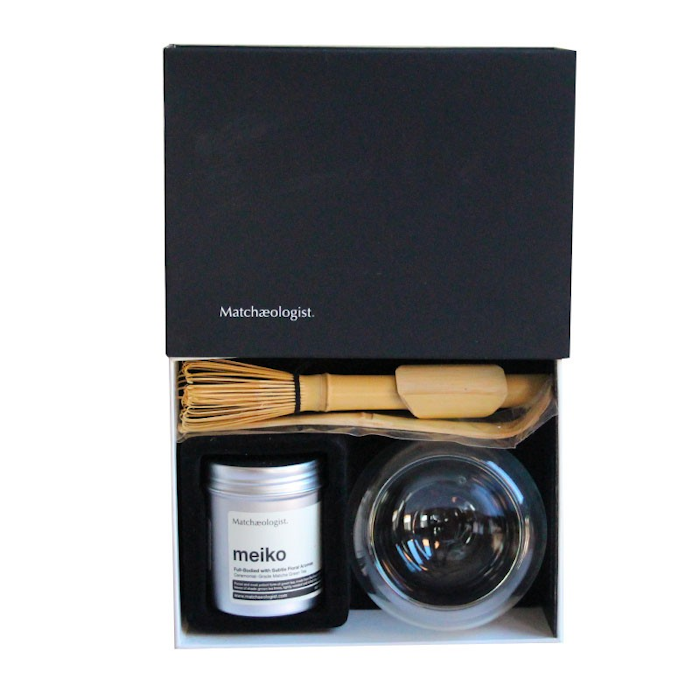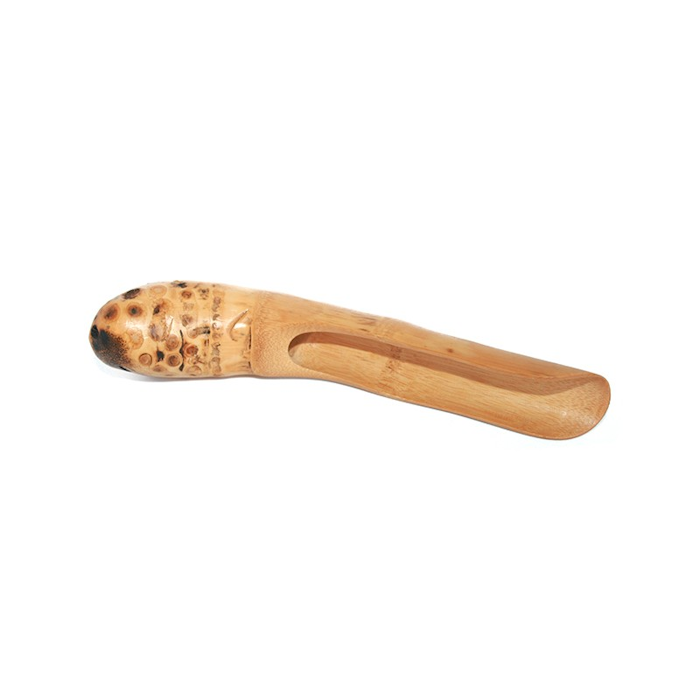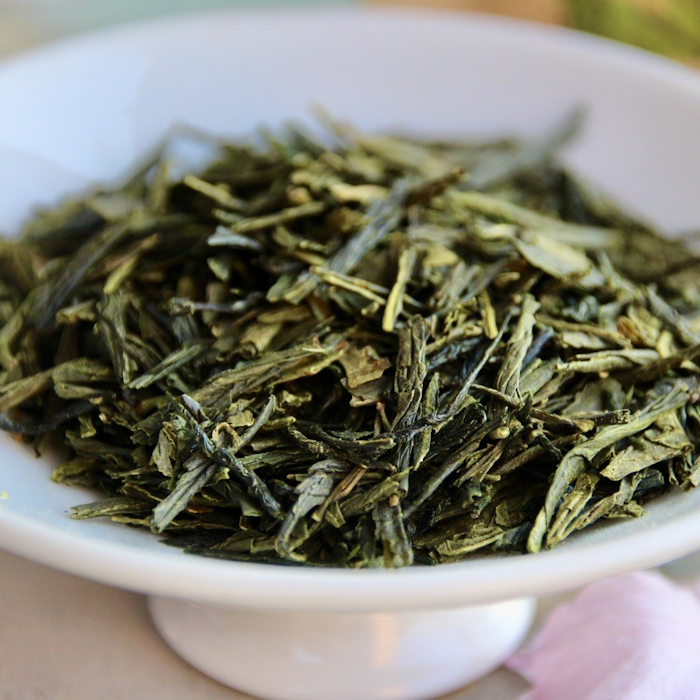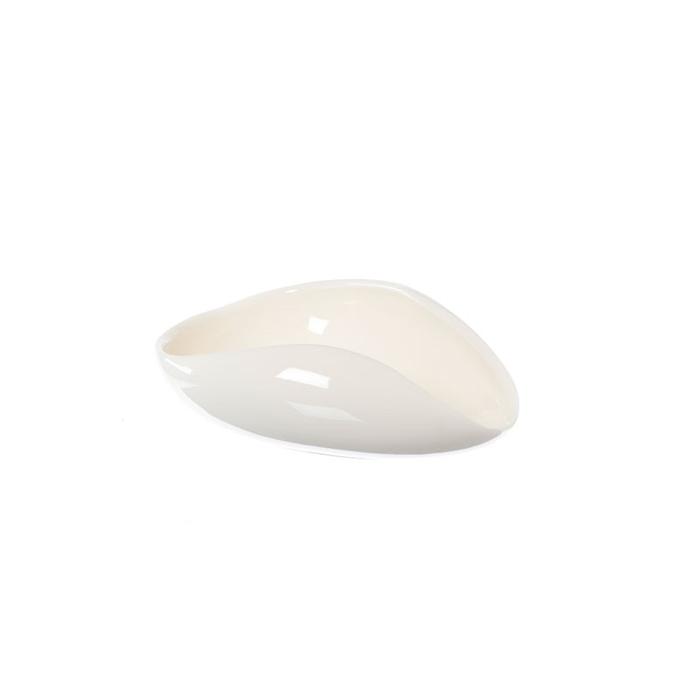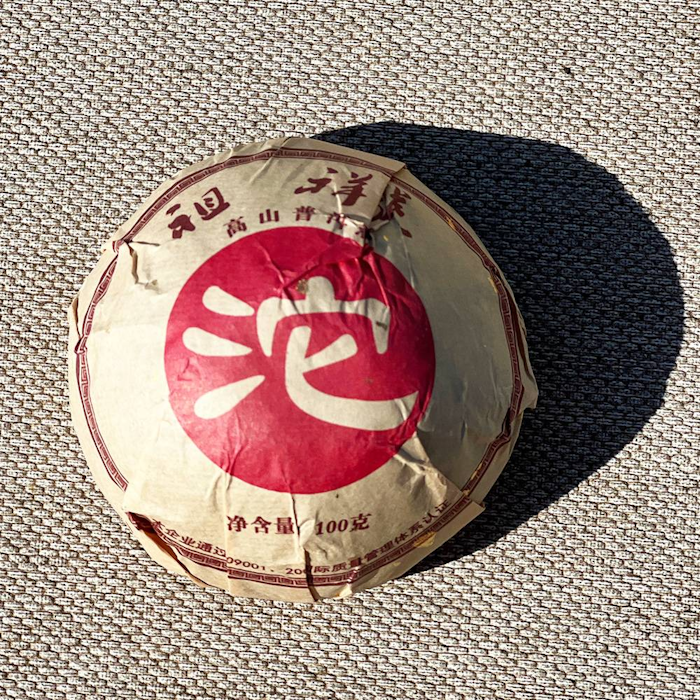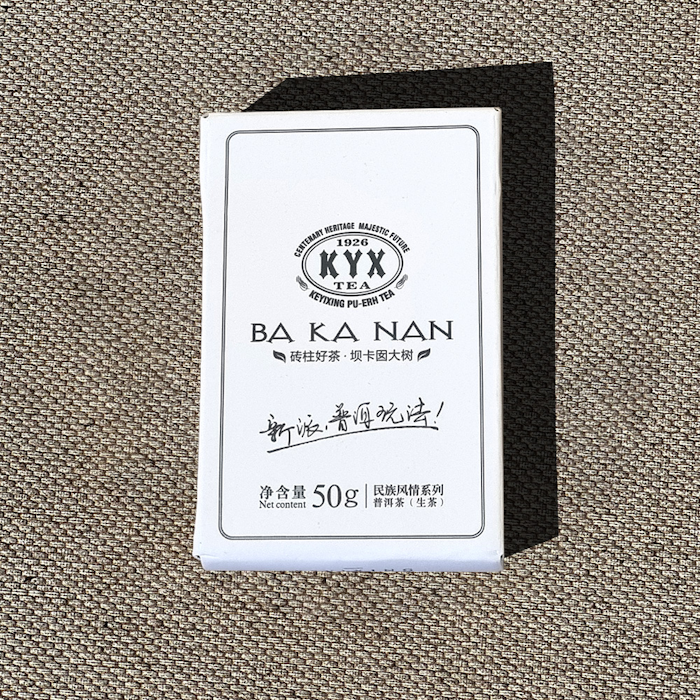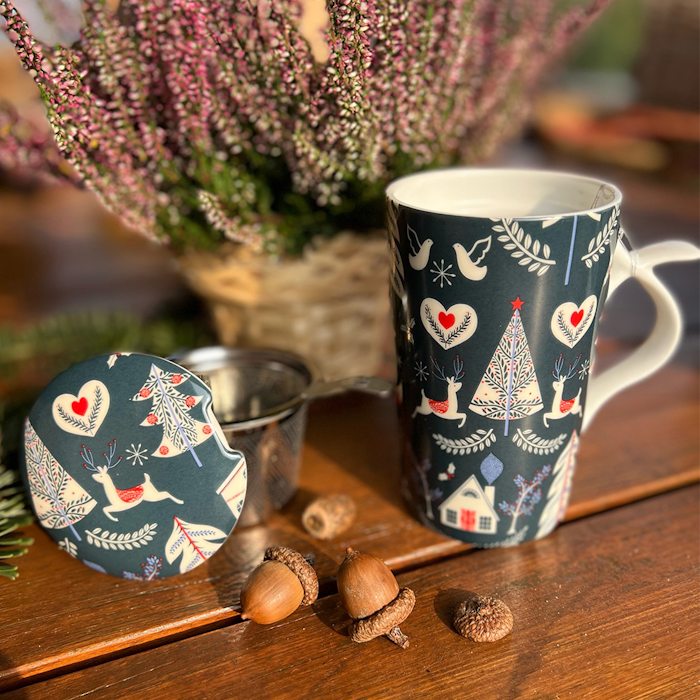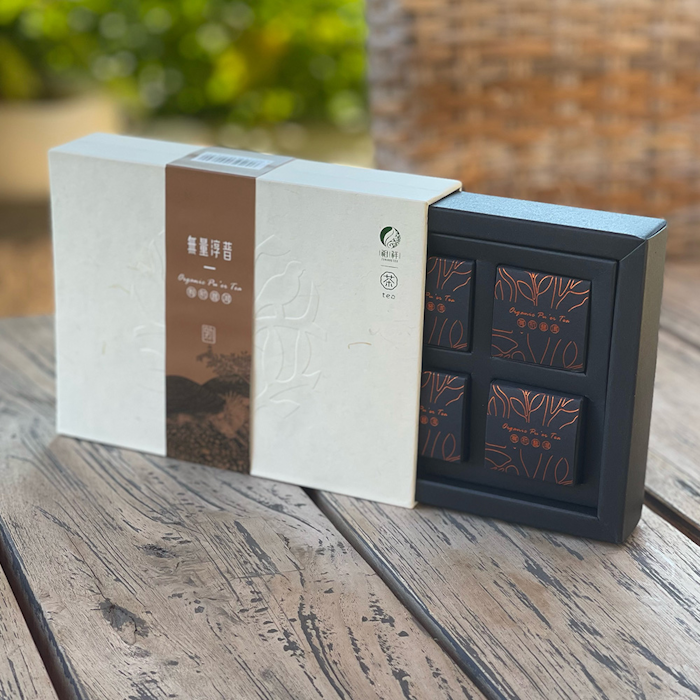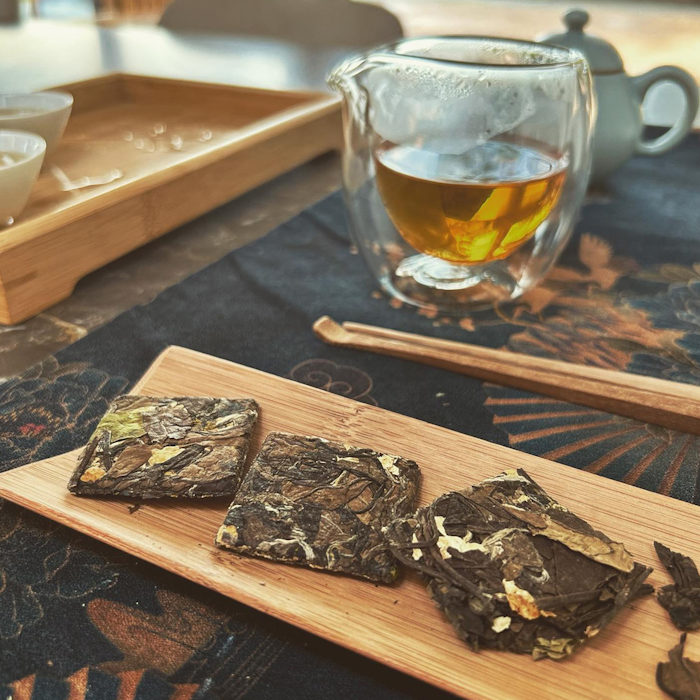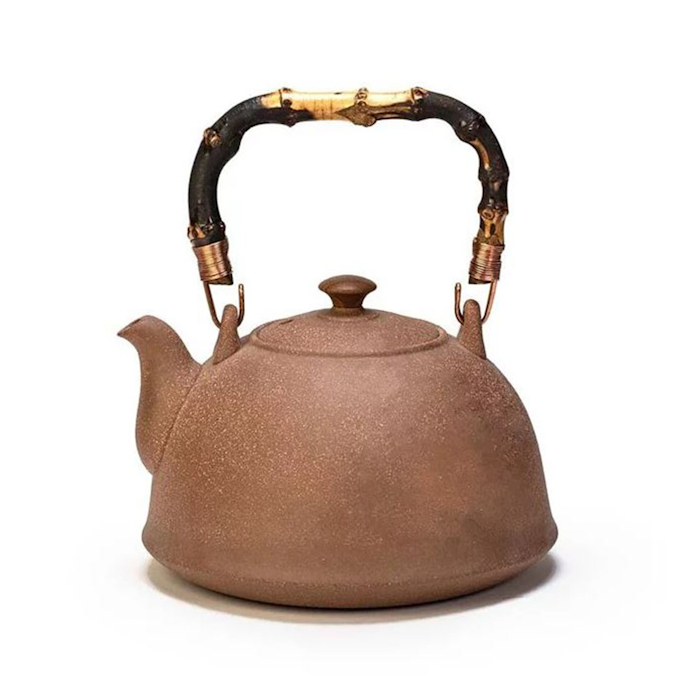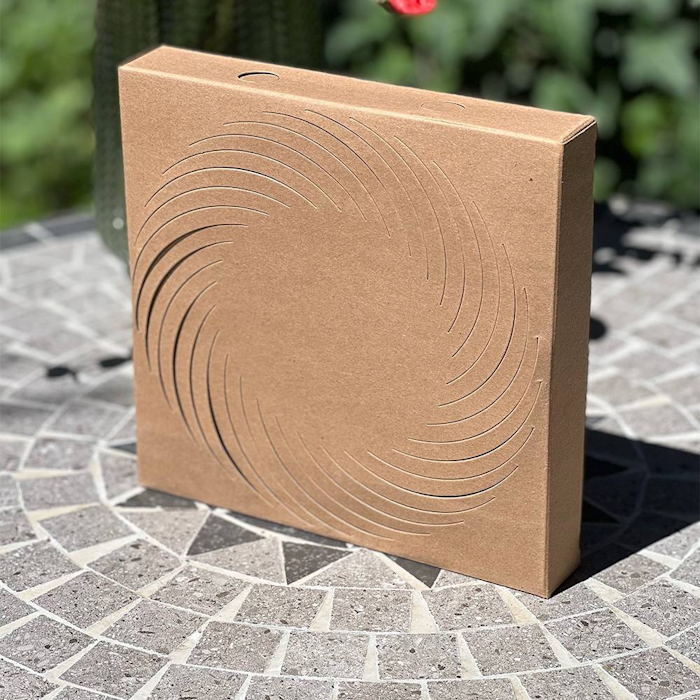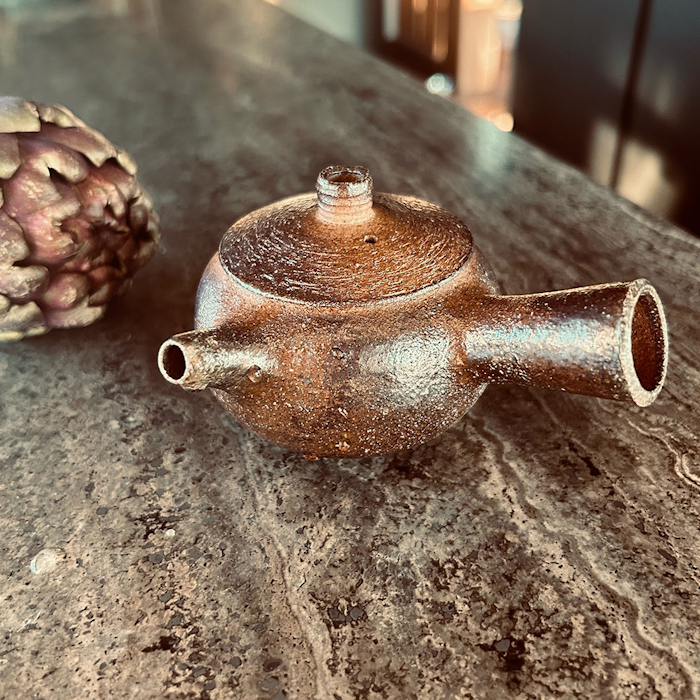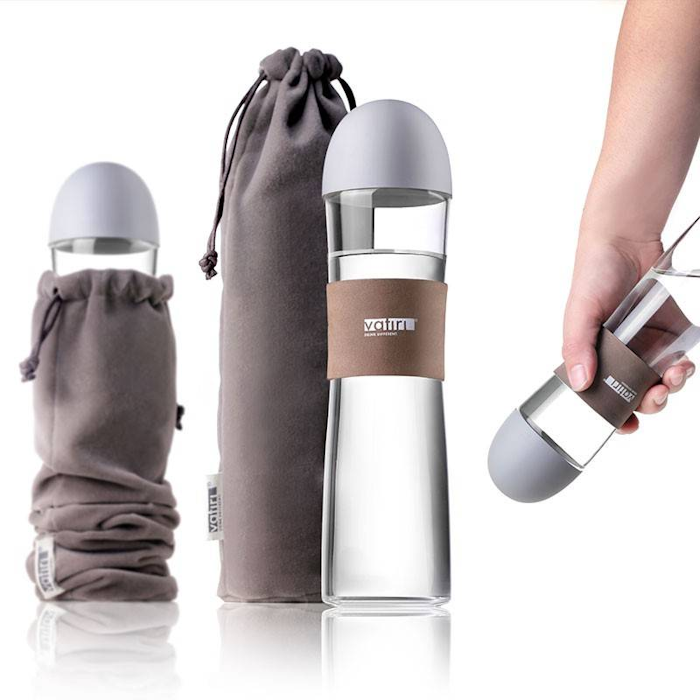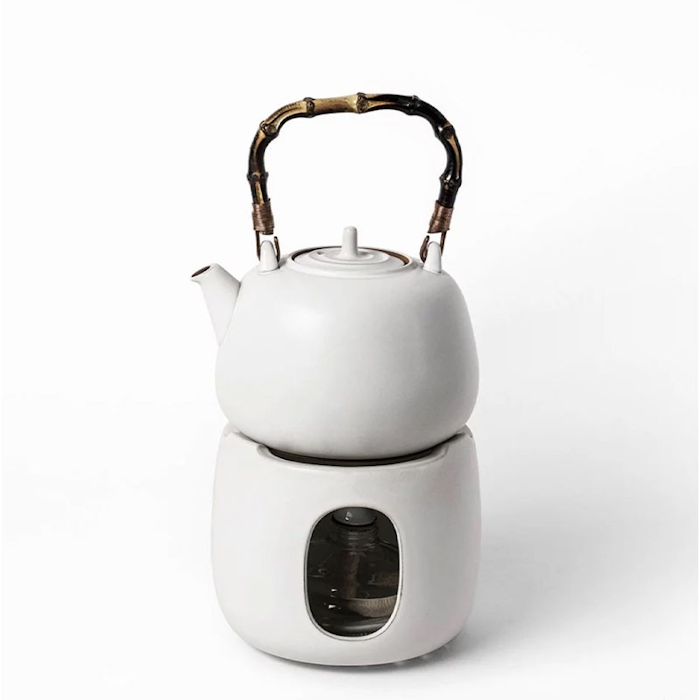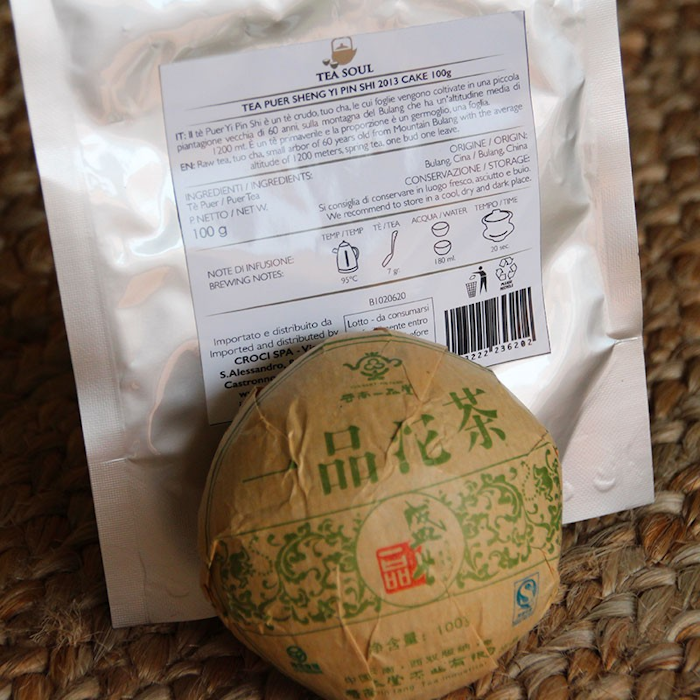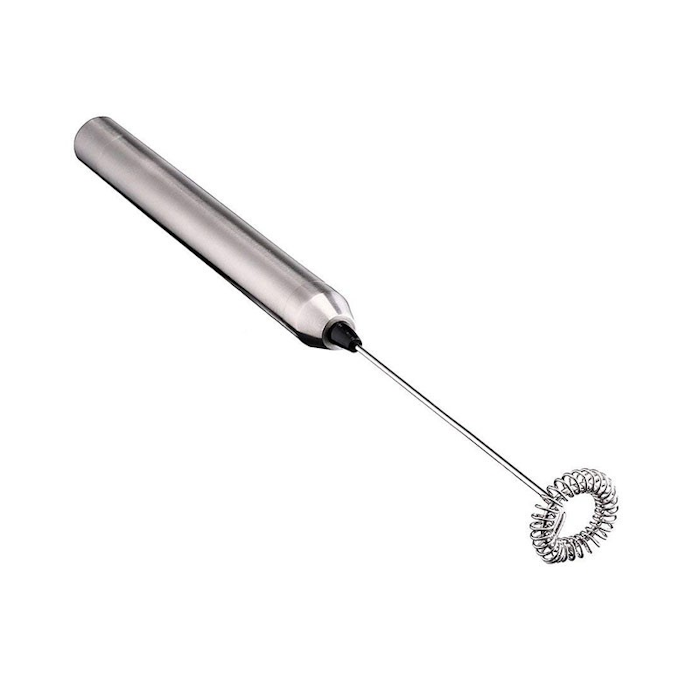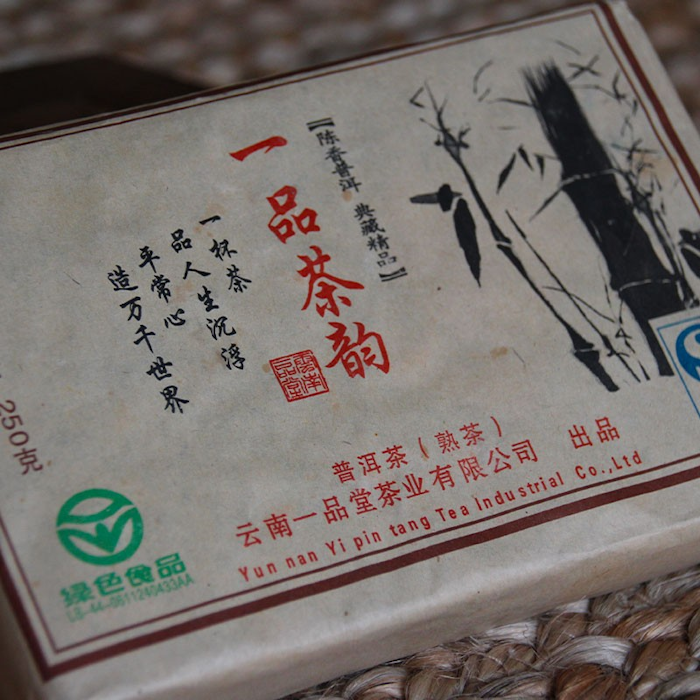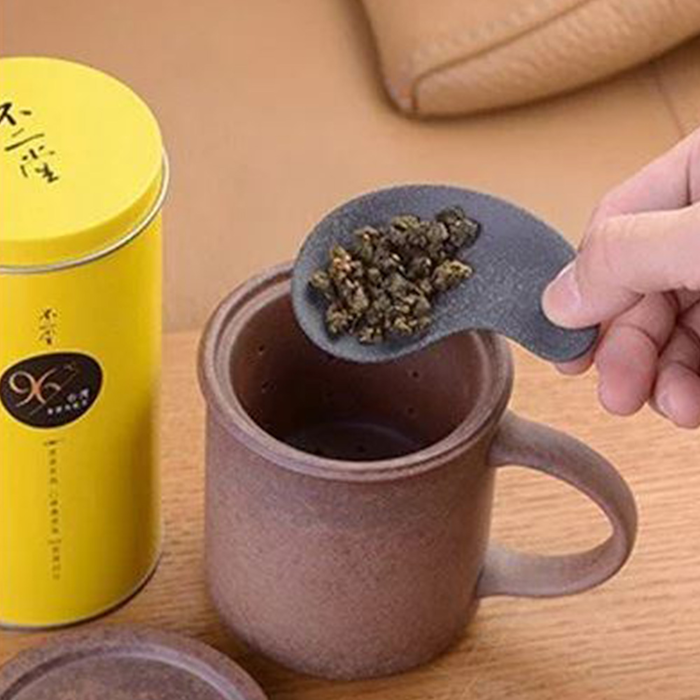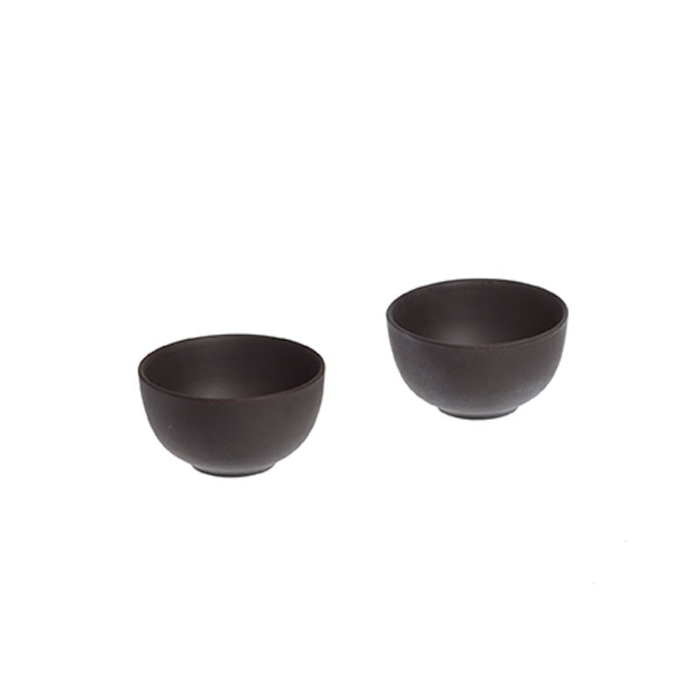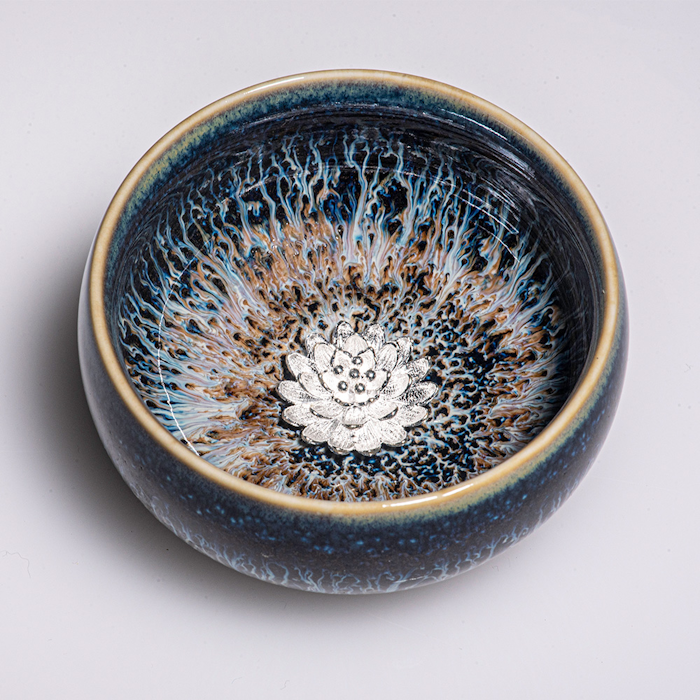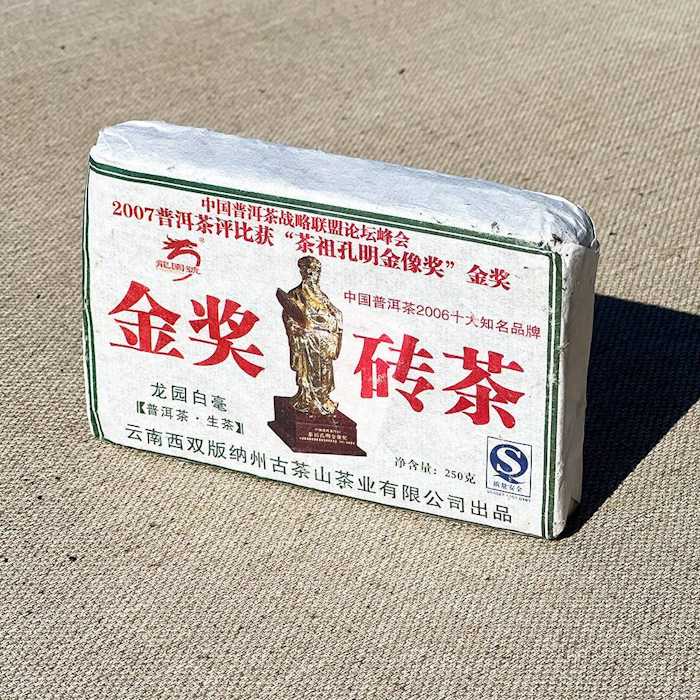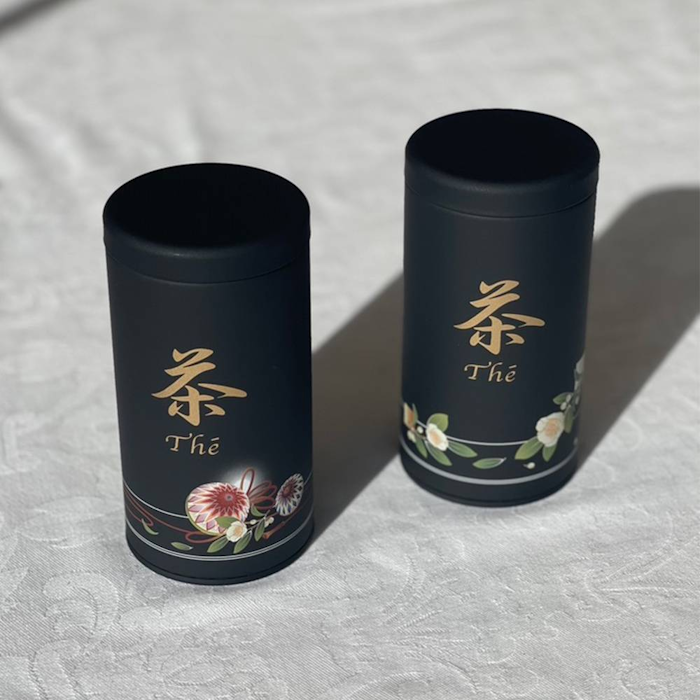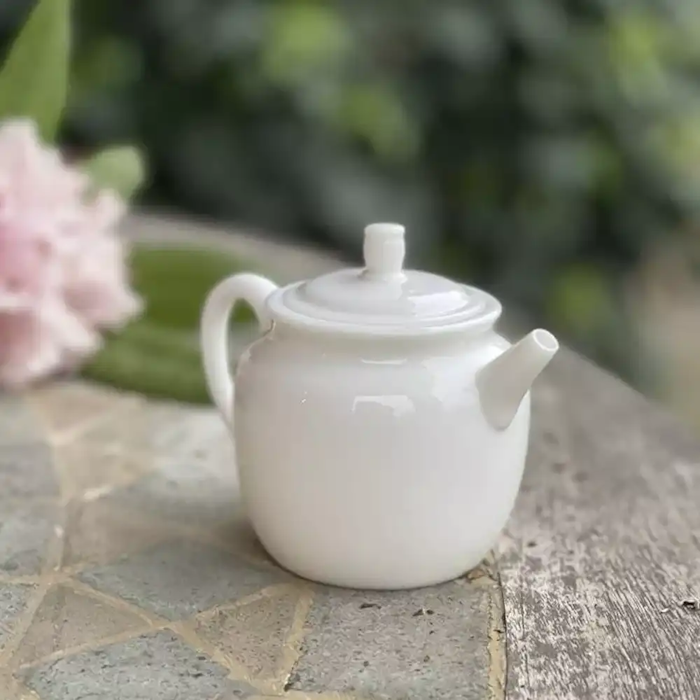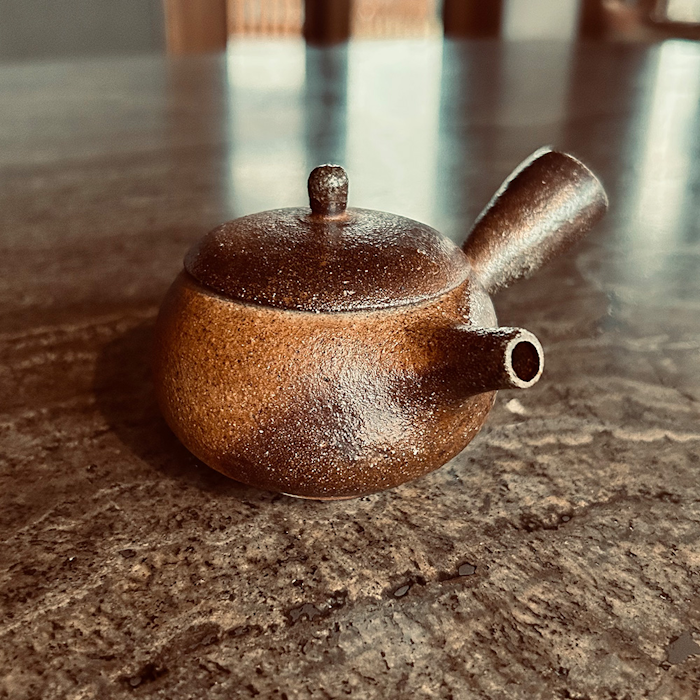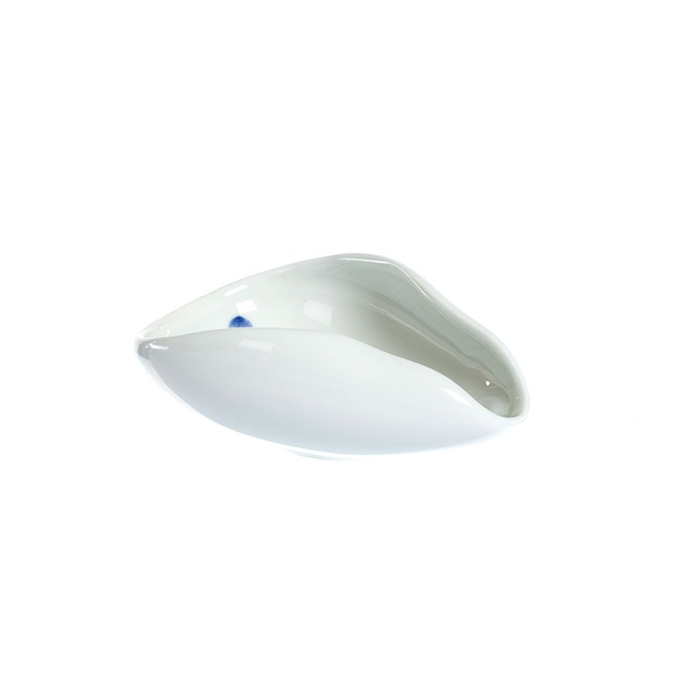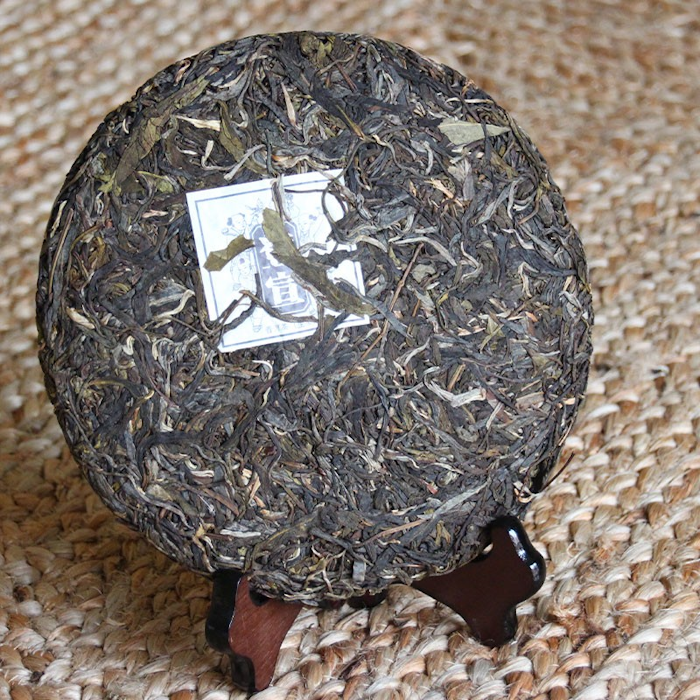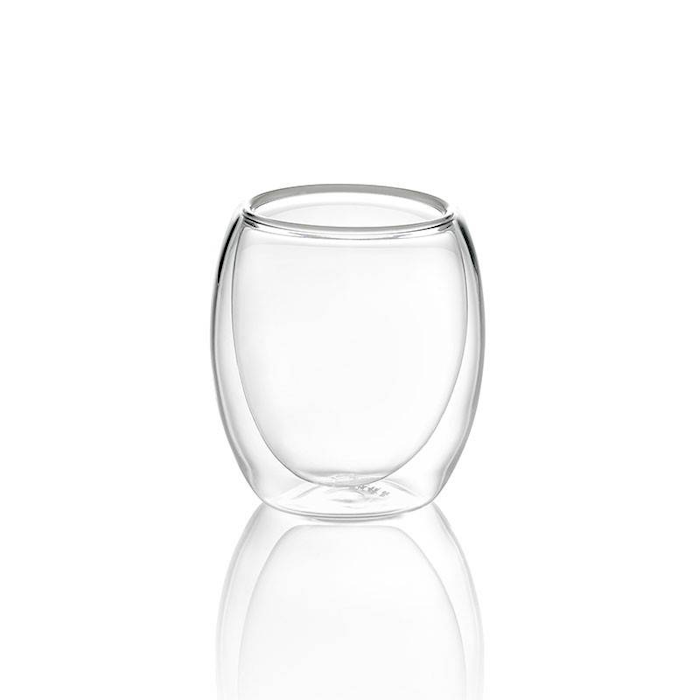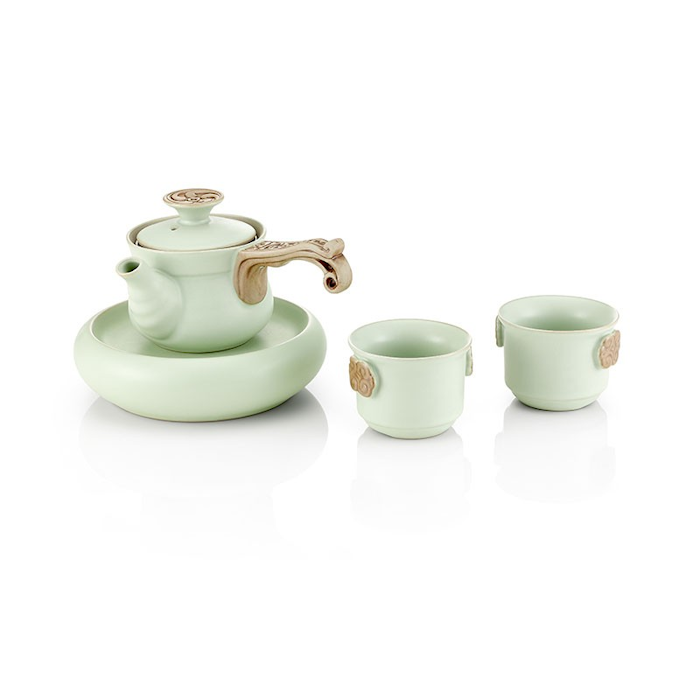The leaves of the 2019 Menghai Chen Xiang puer shu (cooked) tea come from the Menghai area located in the Yunnan region in the deep south of China. To better understand this product, it is necessary to delve into the area of origin of its leaves since, in most cases, it is the place of origin itself that gives the tea its name and main organoleptic qualities.
This puer, specifically, was grown and harvested in the mountainous area around the city of Menghai in the western part of Xishuangbanna Autonomous Prefecture. The leaves in question were carefully selected and pressed in spring 2019 by the Menghai Shenyu factory located in Menghai County. The indication on the factory where the leaves arrive is useful to emphasize that there is a certain style or type of research behind this puer studied by a special group of tea masters to enhance the territorial characteristics of the product.
The infusion of this puer shu reveals a very complex and varied flavor profile. The first elements to present themselves during tasting are an earthy hint of clay combined with an almost balsamic vegetal freshness. Subsequently, the more mineral part of this tea is perceived in the back of the throat, accompanied by a somewhat burnt bread crust-like taste. After these initial flavors quite typical for puer shu, a sweet and slightly sour flavor reconnectable to the vegetable world and, in particular, to raw spinach and sorrel leaves begin to emerge at the back of the palate. The liquor as a whole has a fairly smooth body and leaves a pleasant warm sensation in the mouth.
Location of origin
Menghai - Yunnan, China
Production
After harvesting, the leaves are left to wither in the sun for some time depending on the producer before going through the "green killing" stage, which is purportedly similar to that used to produce green tea. The special feature, in this case, lies in not heating the leaves as much as is done for a green tea so that certain enzymes capable of changing flavors over time are preserved. Once cooked, the leaves are taken in large quantities and stacked to form large piles. The plant mass thus arranged is then moistened and covered with cloths so that heat can be retained and the fermentation process can begin. Here the producer will have to skillfully move the leaves around and wet them lightly as he goes to ensure that fermentation advances steadily and is distributed as evenly as possible. Once this process is complete, which can last from 20 to 70 days, the leaves are expanded and left in contact with the air. From here one can (eventually) proceed to press the puer in order to give it the best conditions to be transported and aged. To press the leaves they are passed through for a few seconds by a strong jet of steam so that they are made soft externally, and then they are gathered into a sock or sack that will give the product its shape, usually discoidal. To ensure that this structure remains fixed over time, the sack is left for hours under a stone or mechanical press while the leaves lose that residual moisture taken up by the steam in the previous stage.
Preparation
We strongly recommend infusing this tea in the traditional Chinese method (Gong Fu Cha) with a gaiwan with a capacity of about 150 ml. By following this preparation, multiple infusions can be made with 5 grams of leaves that are useful for best capturing all the flavor nuances of the tea.
Heat the water to a temperature of 95°C: proceed to briefly rinse the leaves and then to an initial infusion of 20 seconds. Keeping the water at the same temperature, you can then continue to exploit the same leaves by adding more water and increasing the infusion time by 5 seconds each time (20 - 25 - 30 - 35...).
This tea has a longevity of about 10 infusions.
For a more classic preparation according to the Western style we recommend 3 grams of leaves in a 200 ml cup with water at 95°C for an infusion time of 3 minutes.
For a better tasting experience we suggest that you strain the tea as soon as the infusion time is over. Our suggested infusion timings can be slightly modified to your liking to achieve a more or less intense taste.
We recommend storing in a cool, dry place away from direct sunlight.







